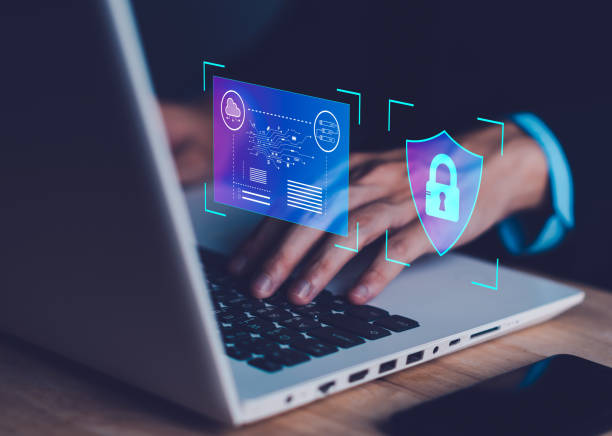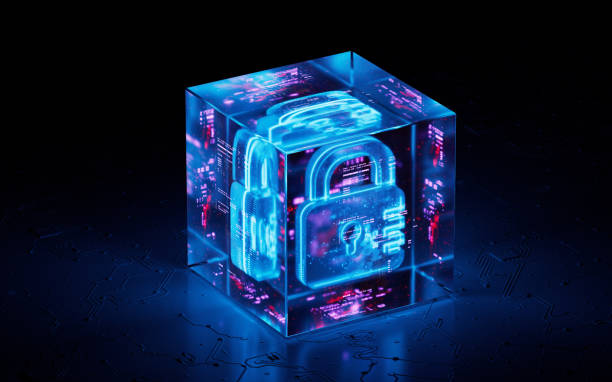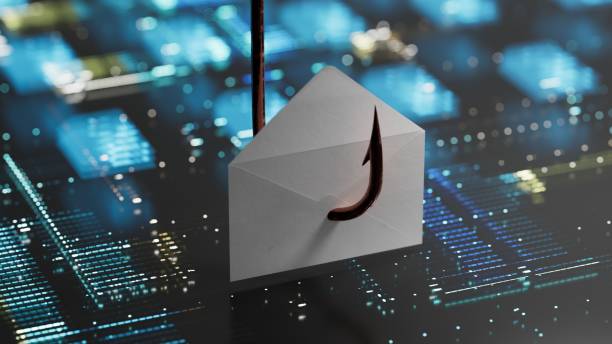Enhancing Event Success: Mastering Event Compliance & Security, Exhibitor Lead Capture, and More

In the dynamic world of event management, achieving a seamless event experience relies heavily on integrating advanced security measures, cutting-edge convention center technology, and effective strategies for exhibitor lead capture. This comprehensive guide will explore how event planners can leverage these elements to ensure not only compliance and security but also enhance attendee engagement and satisfaction.
Understanding Event Compliance & Security
Event compliance and security are crucial in protecting both the physical and data privacy aspects of an event. Compliance involves adhering to legal and regulatory standards, while security focuses on protecting attendees, exhibitors, and event assets. Advanced event security and robust compliance measures are not just necessary for risk management but are also vital in maintaining the reputation of the event and its organizers.
- Regulatory Compliance: Ensuring that your event meets all local, state, and federal regulations, including ADA compliance, safety codes, and data protection laws.
- Physical Security: Implementing measures such as surveillance cameras, security personnel, and restricted access areas to prevent unauthorized entry and incidents.
- Data Security: Protecting the digital aspect of your event by securing registration portals, Wi-Fi networks, and exhibitor data through encryption and other cybersecurity practices.
By focusing on these aspects, event planners can safeguard the interests of all stakeholders involved while fostering an environment of trust and safety.
Advanced Event Security Technologies
With the rise in event scale and complexity, advanced security technologies have become indispensable. These technologies not only ensure strict compliance but also streamline operations, contributing to a seamless event experience.
- Surveillance Technology: High-definition CCTV cameras and drones for real-time monitoring of large areas.
- Access Control Systems: Biometric systems and RFID wristbands to manage and monitor attendee access throughout the venue.
- Cybersecurity Measures: Advanced firewalls, intrusion detection systems, and comprehensive IT security protocols to protect against digital threats.
Implementing these advanced security measures mitigates potential threats and ensures that event disruptions are kept to a minimum, thereby enhancing attendee confidence and comfort.
Utilizing Convention Center Technology
Convention centers are adopting state-of-the-art technologies to not only improve the functional aspects of hosting events but also to enrich the attendees' experience. These technologies play a pivotal role in ensuring operational efficiency and heightened engagement.
- Digital Signage: Dynamic signs that can be updated in real-time to guide attendees and provide up-to-date information on sessions, speakers, and exhibitor booths.
- Mobile Integration: Apps that facilitate navigation, networking, and schedule management, allowing attendees to customize their event experience from their mobile devices.
- Virtual and Augmented Reality: Tools to enhance the visual experience of attendees, offering virtual tours of exhibit halls or augmented information overlays during presentations.
These technologies not only streamline event logistics but also add a layer of sophistication and interactivity, making events more engaging and memorable.
Strategies for Effective Exhibitor Lead Capture
For exhibitors, capturing leads is a primary goal at any event. The effectiveness of lead capture strategies can significantly impact the ROI for exhibitors. Integrating innovative technologies and methods can streamline the process, ensuring that exhibitors collect valuable leads efficiently.
- Lead Retrieval Systems: Using barcode or RFID scanning technology to quickly and accurately collect attendee data.
- Interactive Kiosks: Deploying kiosks where attendees can enter their details to receive more information or to schedule follow-up appointments.
- Mobile Apps: Apps that facilitate direct communication between attendees and exhibitors, allowing for the instant exchange of digital business cards and promotional materials.
By adopting these technologies, exhibitors can not only enhance lead quality but also gauge the interest level of potential leads, helping them refine their follow-up strategies post-event.
Creating a Seamless Event Experience
The ultimate goal of integrating advanced security, state-of-the-art technology, and efficient lead capture methods is to create a seamless event experience for all participants. A seamless experience is characterized by smooth transitions, minimal wait times, and a high degree of personalization, all of which contribute to attendee satisfaction and loyalty.
- Personalization: Using data analytics to offer personalized recommendations to attendees based on their interests and behaviors.
- Efficiency: Streamlining registration and check-in processes through automated systems to reduce waiting times and congestion.
- Engagement: Implementing interactive sessions and gamification to keep attendees engaged and invested in the event proceedings.
When these elements are successfully integrated, they not only enhance the overall event experience but also boost the efficiency and effectiveness of event management processes.
In conclusion, mastering event compliance & security, utilizing advanced technologies for exhibitor lead capture, and adopting innovative convention center technologies are essential for creating a seamless and successful event. By focusing on these areas, event planners can ensure not only the safety and compliance of their events but also maximize engagement and satisfaction among attendees. The future of event management lies in the strategic integration of technology, security, and personalized attendee experiences, setting the stage for more dynamic, interactive, and successful events.



